TORONTO - Whether you are touring on vacation, or on a multi-day expedition into the mountains, thinking ahead and packing the right gear can make-or-break your photo adventure! Here’s some tips:
Plan Ahead: Before you leave home, take a few minutes to go over your itinerary and research some of the sites you will visit, then imagine what kind of images you would like to take. Next, visualize which gear you would need to best capture those images and realize your vision. Finally, ask yourself how much gear you are willing to carry with you on the trip? I personally try to bring as much gear as I possibly can so that I have the tools to shoot any situation that presents itself — but the trade-off is I also have to lug it around! The main camera you pack should be one that feels great in your hands and you are most comfortable with. I recommend one with excellent high ISO capabilities so that you can have the most versatility in any lighting situation, even without a tripod.
Packing the right gear: Depending on the subject, I usually choose my Nikon D4s or Nikon D810 as a main camera body, and I often have them both around my neck at once with different lenses. This allows me to shoot quickly and provides the most options. My Nikon D4s has unbeatable high ISO capabilities and speed, while the D810 has outstanding resolution. On big trips I recommend bringing a backup even if it’s just a small point and shoot, because you never know what might happen on the go.
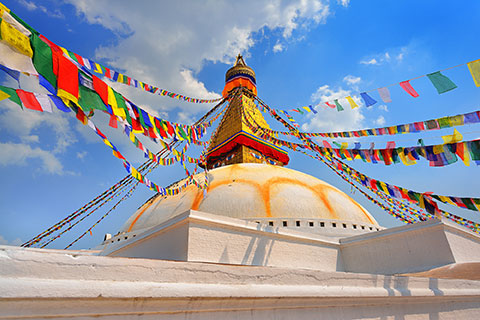
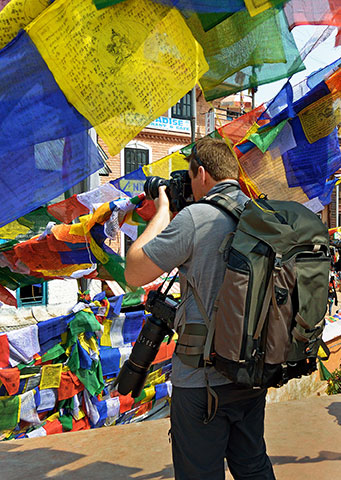
I have found the Nikon D750 to be an excellent backup or main camera, with excellent resolution and ISO capabilities.
Zoom lenses are great choices for travel as they offer a range of focal lengths and will also reduce lens changes which could lead to dust on your sensor and can be a pain to fix on the go. My Nikon 14-24mm, 24-70mm, and 70-200mm are always in my bag, along with a few prime lenses. If you had to only choose one lens, I would recommend something in the 24-70mm range.
If you can bring a tripod on your trip, it will open up another world of possibilities and allow you to shoot long exposures over 1/30 of a second to capture movement, waves, stars, in-camera HDR, fireworks, indoor architecture and other low light subjects. I recommend a lightweight travel model like Manfrotto’s Befree Carbon Fibre Tripod and Ball Head.
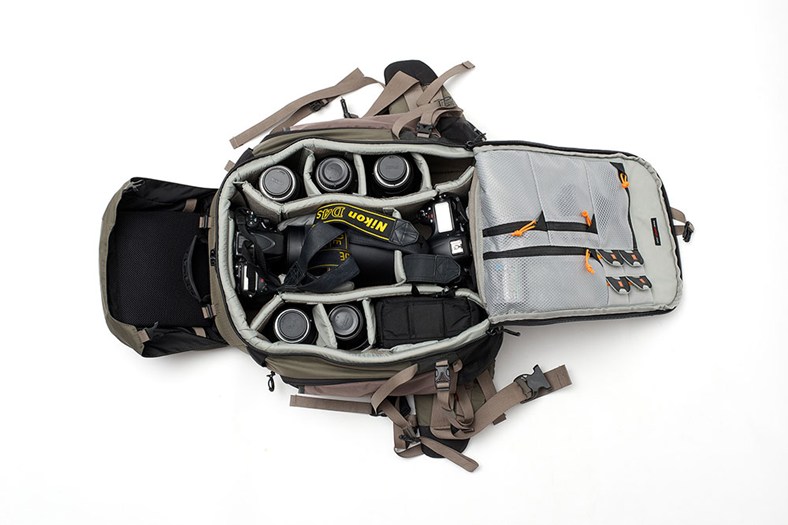
A remote trigger like Nikon’s WR-R10 + WR-A10 Wireless Remote Adapter is also a great travel tool and will allow you lower camera vibrations, light your subject off-camera and even get in some of the images yourself!
Bring extra camera batteries & memory cards: A common mistake when travelling is not bringing enough batteries and memory cards. I would highly recommend bringing extras of both and possibly even an extra battery charger as voltage issues can arise and it’s great to have a backup just in case. An inexpensive power inverter that plugs into a car DC port / cigarette lighter receptacle can also be a great asset, allowing you to charge on the go while driving. Having to go through and delete images because you are running out of memory can be frustrating and a power drain as well. Memory cards have come down in price and getting a few larger cards to take with you will allow you to shoot and create without limitations.
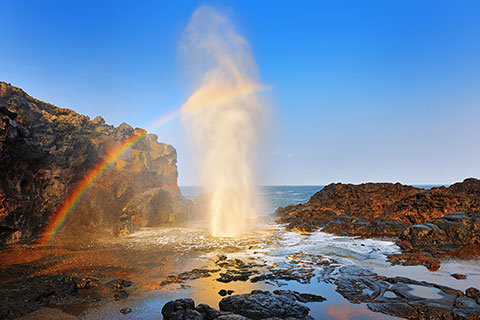
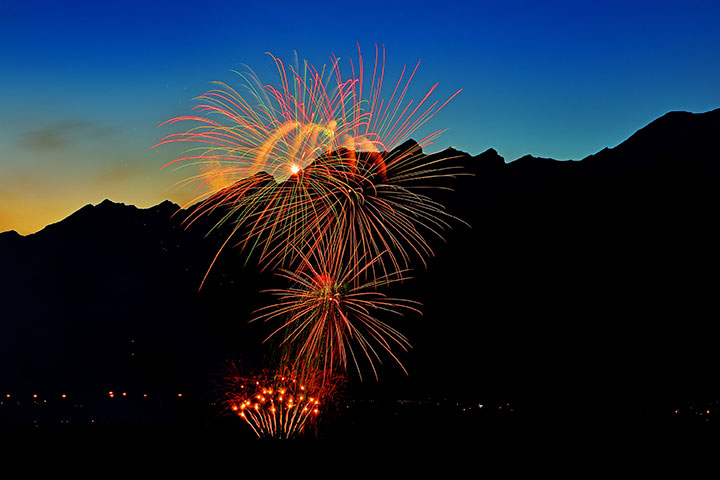
It’s also a good idea to pack some simple lighting tools for your trip. A round collapsible silver/white reflector can be a lightweight and inexpensive tool for shooting portraits or filling in subjects on bright sunny days. A Nikon Speedlight can also be an incredibly important tool to light or fill your subjects on the go and unlock another layer of creativity. Keep in mind that with a high ISO capable camera, the Speedlight can be a powerful light source.
For instance, at 800 ISO the flash becomes eight times as powerful as 100 ISO and will illuminate great distances. I also recommend a headlamp or small flashlight if you plan on doing any night photography. Other things to consider for shooting at night include setting your manual focus, checking your settings, experimenting with techniques such as painting with light — and making sure you don’t leave any gear behind!
Finally make sure you choose the right pack or camera bag that fits in the overhead of an aircraft, is comfortable, functional and secures all the gear you want to bring. My personal favourite is my Lowepro Pro Trekker 450AW.
Plan ahead and have an amazing photo trip!
About the Author
Kristian Bogner is a world-class professional photographer and speaker. His photographic philosophy is about ultimate positivity, passion and taking his technical expertise in photography to new levels of personal excellence, as well as sharing his imagery and techniques with others. Kristian is a third generation photographer. He chose the Nikon D1X as his first digital camera and now uses Nikon cameras exclusively.